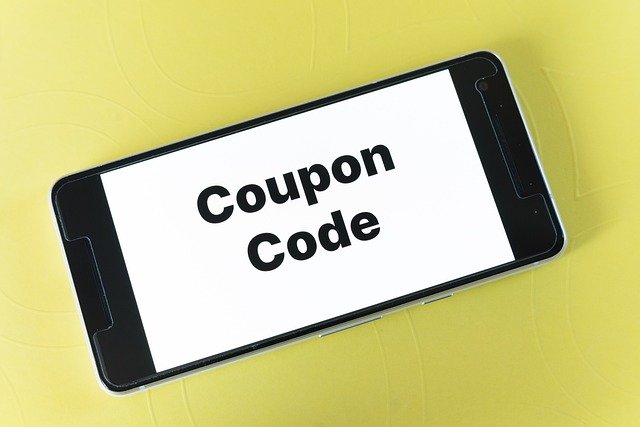The Psychology Behind Black Friday: Why We Wait All Year for the Chaos to Begin
Every November, millions around the world prepare for what feels like a ritual — the rush, the excitement, the hunt for something that feels like a win. But Black Friday isn’t just about shopping; it’s about emotion, anticipation, and the subtle mechanics of decision-making that drive human behavior. Discover how one day reshaped our global sense of value, urgency, and reward.

The annual Black Friday shopping event represents one of the most fascinating examples of mass consumer psychology in action. What began as a post-Thanksgiving tradition in the United States has evolved into a worldwide phenomenon that influences shopping behavior across cultures and continents.
How Black Friday Became a Global Phenomenon
The transformation of Black Friday from a regional American shopping day to an international retail event demonstrates the power of cultural export and marketing adaptation. Originally coined in the 1960s by Philadelphia police to describe the chaotic traffic and crowds following Thanksgiving, retailers later rebranded the term to represent the day when stores moved from red ink to black ink in their accounting books.
The global expansion accelerated in the 2000s as international retailers recognized the profit potential. Countries without Thanksgiving traditions adopted the concept, often moving it to different dates or extending it into week-long events. Online platforms like Amazon played a crucial role in this expansion, making Black Friday deals accessible worldwide regardless of local shopping customs.
Today, countries from the United Kingdom to Brazil, from Germany to Australia, participate in Black Friday sales. This global adoption reflects how successfully the event taps into universal psychological triggers that transcend cultural boundaries.
Marketing Tactics That Shape Consumer Behavior
Retailers employ sophisticated psychological strategies to maximize Black Friday’s impact on consumer behavior. Scarcity marketing creates urgency through limited-time offers and countdown timers, triggering the fear of missing out that drives immediate purchasing decisions. Loss aversion psychology makes consumers feel they’re losing money by not buying discounted items, even when they don’t need them.
Ancoring bias plays a significant role through strategic price presentation. When retailers display original prices alongside sale prices, consumers focus on the savings rather than the actual need for the product. Social proof amplifies these effects as shoppers see crowds of people making purchases, reinforcing the perception that they should buy too.
Email marketing campaigns build anticipation weeks in advance, creating a sense of exclusive access and insider knowledge. Push notifications and mobile alerts capitalize on our addiction to instant gratification, making it difficult to resist checking deals throughout the day.
The Evolution of Sales Culture in the Digital Age
The digital transformation has fundamentally changed how Black Friday operates and influences consumer behavior. Traditional door-buster sales that required physical presence have evolved into online flash sales that can be accessed from anywhere. This shift has extended the shopping window from a single day to an entire month of deals, with Cyber Monday, Small Business Saturday, and extended holiday sales.
Social media amplifies the psychological impact through user-generated content showing purchases, deals, and shopping experiences. Influencer marketing adds another layer of social proof, as trusted personalities recommend specific deals to their followers. The gamification of shopping through apps and loyalty programs turns purchasing into an engaging activity rather than a simple transaction.
Artificial intelligence and data analytics enable personalized marketing that targets individual psychological profiles. Retailers can predict which products will appeal to specific consumers and time their marketing messages for maximum psychological impact.
| Platform Type | Provider | Key Psychological Tactics | Consumer Impact |
|---|---|---|---|
| Traditional Retail | Walmart, Target | Door-buster pricing, crowd psychology | High urgency, social proof |
| E-commerce | Amazon, eBay | Flash sales, countdown timers | Scarcity mindset, impulse buying |
| Fashion Retail | H&M, Zara | Limited collections, influencer marketing | FOMO, social validation |
Prices, rates, or cost estimates mentioned in this article are based on the latest available information but may change over time. Independent research is advised before making financial decisions.
The psychological appeal of Black Friday extends beyond simple bargain hunting. It satisfies our need for social connection through shared experiences, provides a sense of accomplishment through successful deal hunting, and offers temporary relief from decision fatigue by presenting pre-selected “good deals.” The event has become a ritual that marks the beginning of the holiday season, creating emotional associations that go far beyond the financial savings.
Understanding these psychological mechanisms helps explain why Black Friday continues to grow despite criticism about consumerism and environmental impact. The event successfully combines multiple psychological triggers into a single, powerful shopping experience that feels both urgent and rewarding. As retail continues to evolve, these fundamental psychological principles will likely remain central to how major sales events capture consumer attention and drive purchasing behavior.




